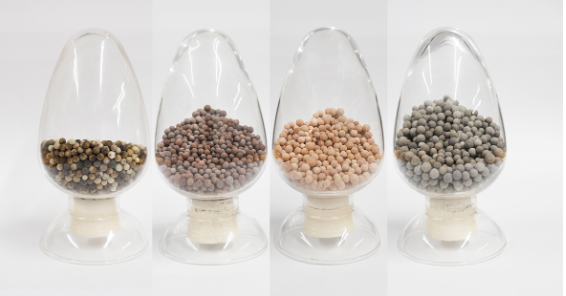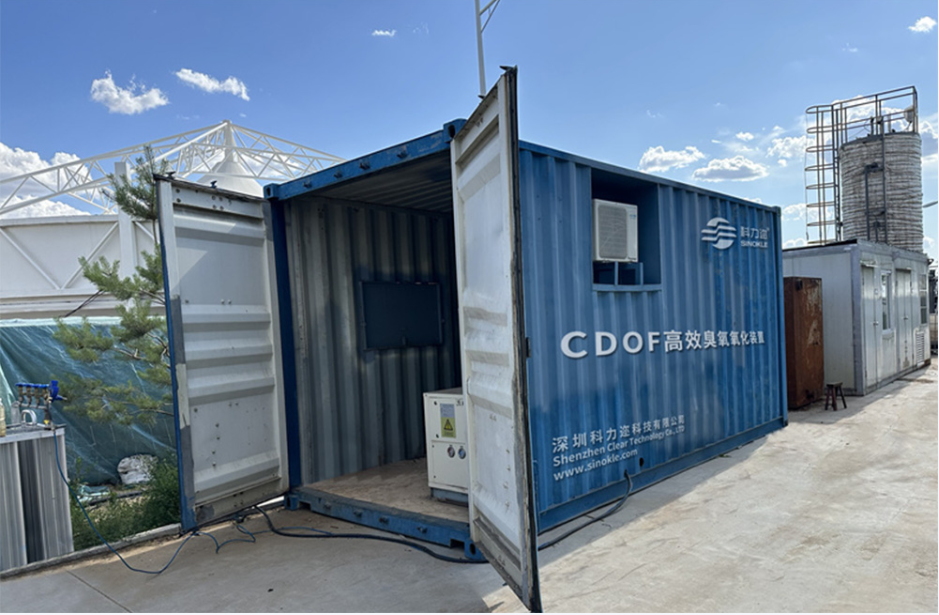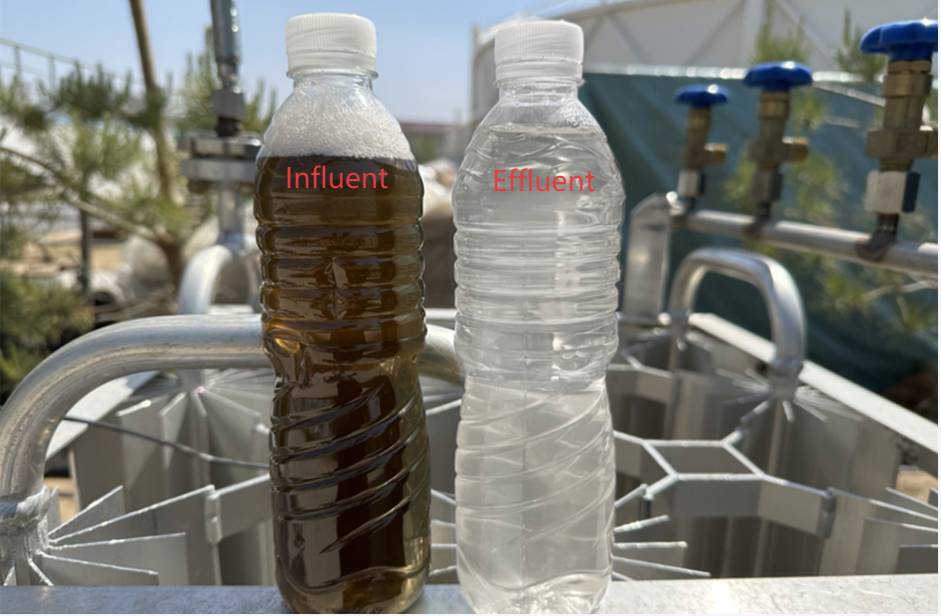The Application of Ozone Advanced Oxidation Technology in Pharmaceutical Wastewater Treatment
Pharmaceutical wastewater, characterized by complex composition, high toxicity, and poor biodegradability, has become a major challenge in the field of water pollution control. Traditional physical-chemical and biological methods are ineffective in degrading pollutants such as residual antibiotics, synthetic intermediates, and organic solvents. In recent years, ozone advanced oxidation has demonstrated exceptional advantages in treating pharmaceutical wastewater. Due to its strong oxidizing capacity and non-selective degradation ability, this technology emerges as a key direction for technological advancement in the industry.
Technical Principle and Core Advantages
The core of ozone advanced oxidation technology lies in its dual mechanism of direct and indirect oxidation, which facilitates pollutant degradation. Direct oxidation relies on the strong oxidation capability of ozone molecules, which selectively breaks unsaturated bonds in organic compounds. On the other hand, indirect oxidation involves the use of catalysts or energy input to promote the decomposition of ozone, generating hydroxyl radical (·OH). These radicals possess an oxidation potential as high as 2.8V, enabling them to non-selectively break down the organic molecules into H2O and CO2.
Compared to single ozone oxidation, advanced oxidation processes enhance ozone utilization and reaction rates through catalytic effects. For example, the heterogeneous ozone catalyst developed by Sinokle employs a composite support of transition metal oxides and noble metal, increasing ozone decomposition efficiency by over 30% while reducing catalyst losses and ensuring long-term stable operation.

Ozone Catalysts
Innovative Applications in Pharmaceutical Wastewater Treatment
In a practical case at a large pharmaceutical group in Inner Mongolia, the company successfully solved the challenge of treating antibiotic wastewater by adopting the CDOF integrated ozone advanced catalytic oxidation-flotation system. This equipment combines ozone catalytic oxidation, cyclonic separation, and dissolved air flotation technologies to comprehensively treat high concentrations of organic matter, suspended solids, and specific ions (such as calcium, magnesium, and boron) in the wastewater. By conducting pilot tests, the treated wastewater achieved a 60% COD removal rate and an 85% reduction in antibiotic residues, with the effluent quality consistently meeting the requirements for subsequent biological treatment.
The breakthrough of this technology lies in its fully enclosed and automated design, which not only shortens the process flow but also enables rapid deployment through skid-mounted equipment, making it particularly suitable for industrial scenarios with limited space.

On-Spot Equipment
Technological Combination and Synergistic Effect
In order to further improve the treatment efficiency, ozone advanced oxidation technology is often combined with other processes. For instance,the ozone/hydrogen peroxide (O₃/H₂O₂) combination process enhances free radical generation through alkali catalysis, making it suitable for pretreating high-concentration organic wastewater. The synergistic effect of ozone oxidation and a biological aerated filter (BAF) can convert refractory macromolecular organic matter into smaller molecules, significantly improving wastewater biodegradability and reducing subsequent treatment costs.

Treatment Performance: Influent vs. Effluent
Challenges and Future Direction
Ozone advanced oxidation technology,with its high efficiency, broad-spectrum applicability, and absence of secondary pollution, provides an innovative solution for pharmaceutical wastewater treatment. From the successful implementation at a large pharmaceutical group in Inner Mongolia to the industrial application of CDOF equipment, this technology has achieved the leap from laboratory research to real-world industrial deployment. Looking ahead, with ongoing innovations in catalyst development and process integration, ozone-based advanced oxidation technology is expected to play a central role in a wider range of industrial wastewater treatment scenarios, supporting the transition of the environmental protection industry toward green and low-carbon development.
